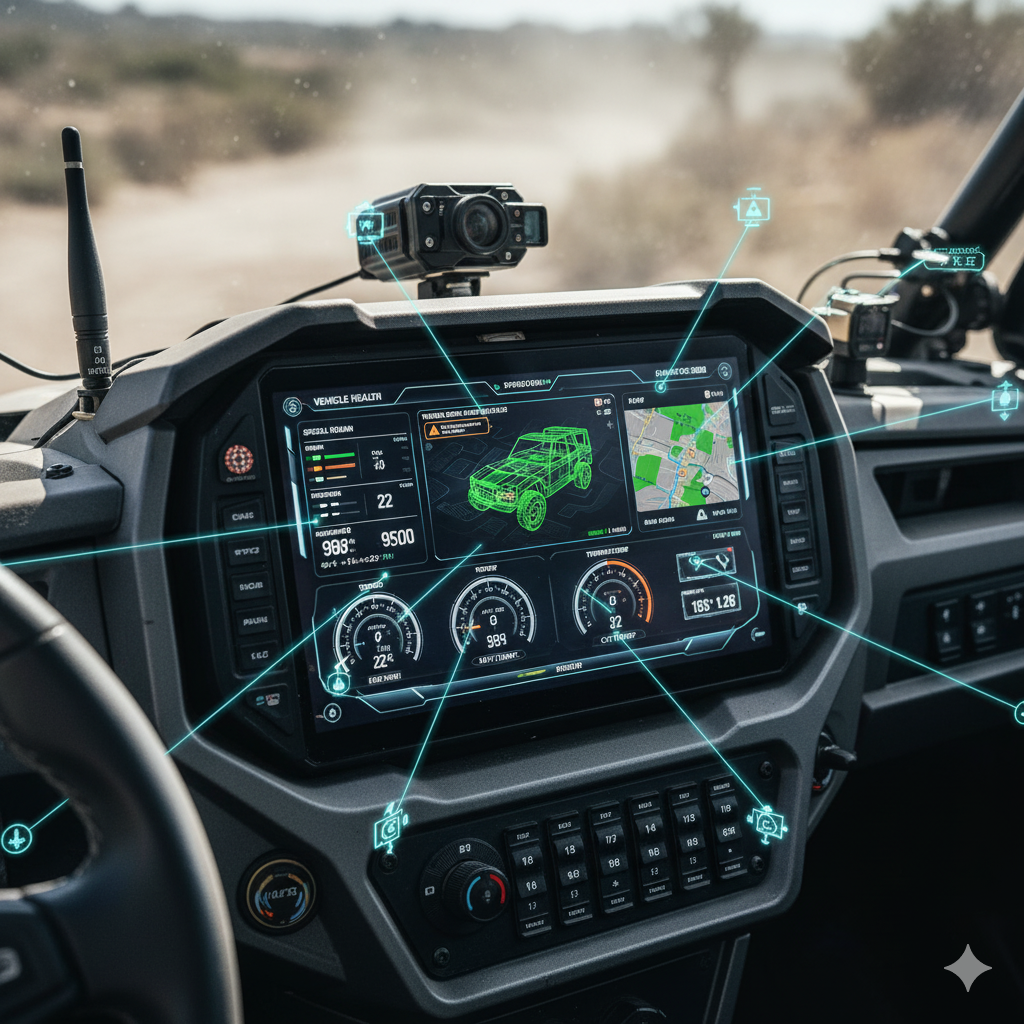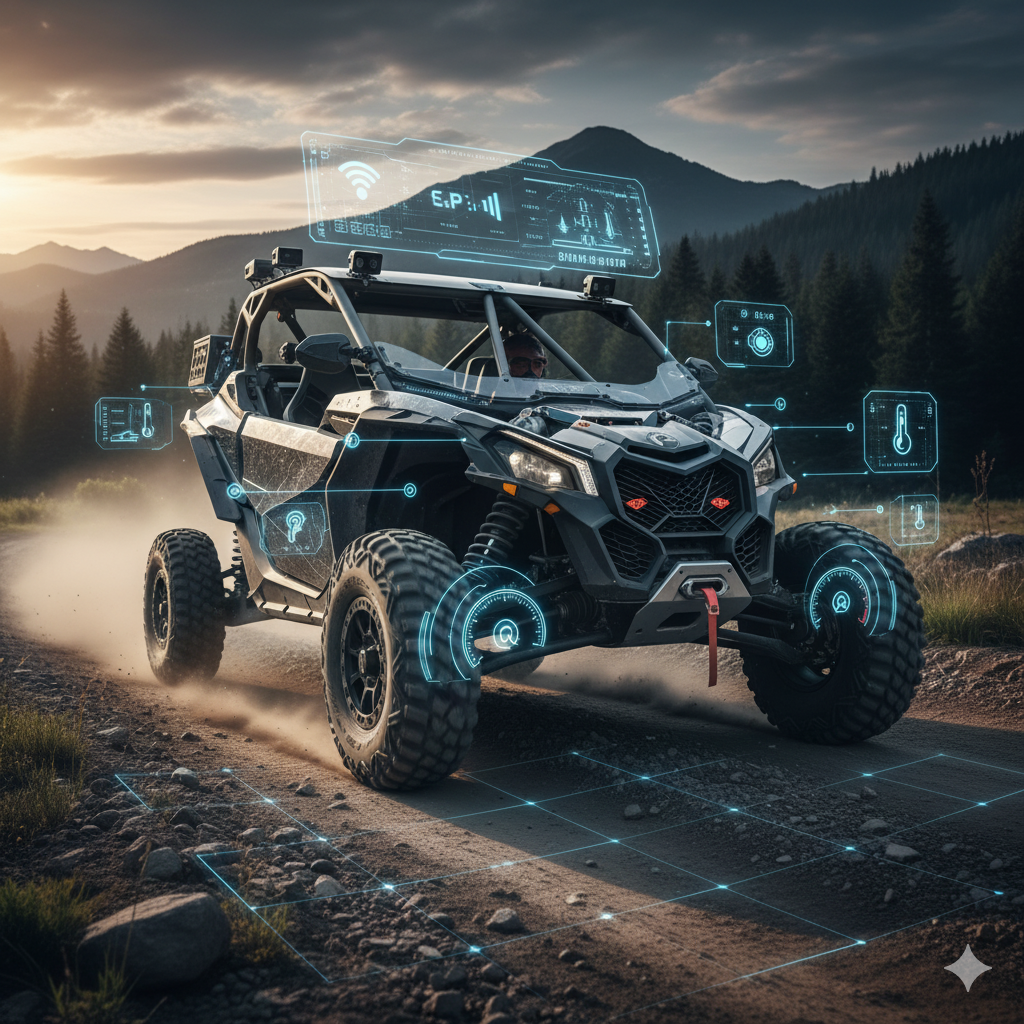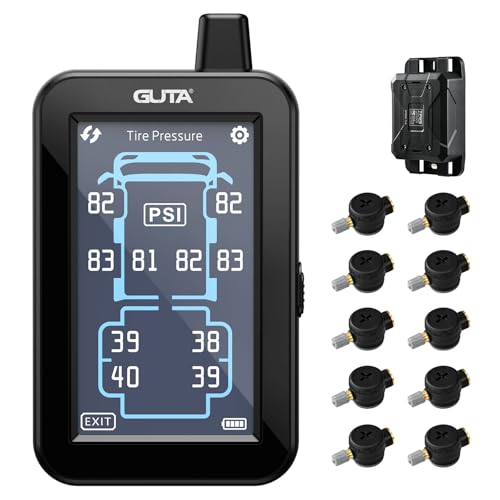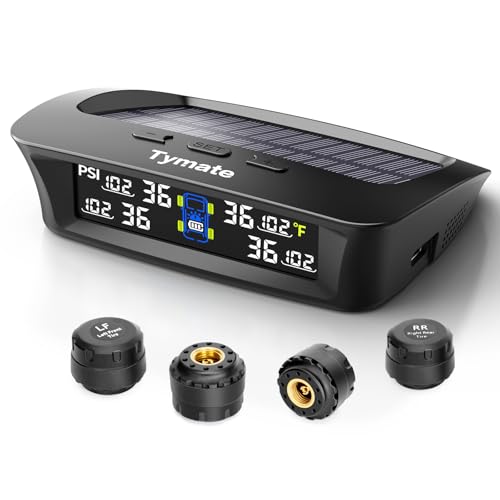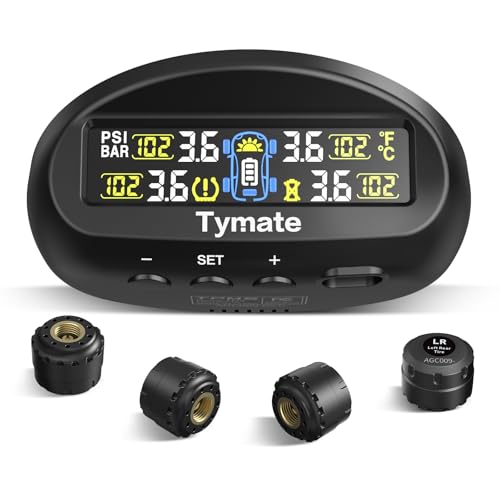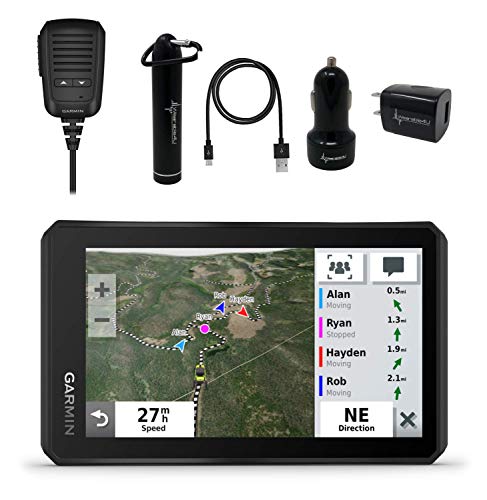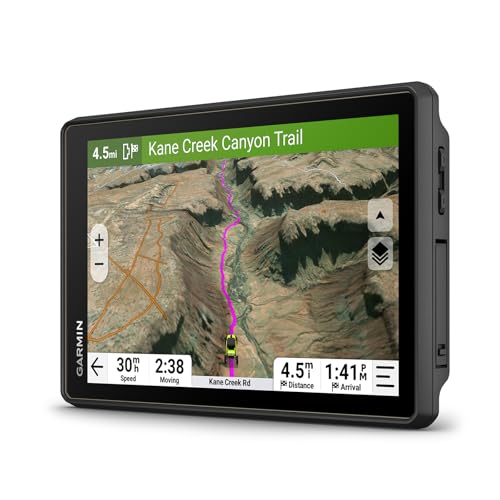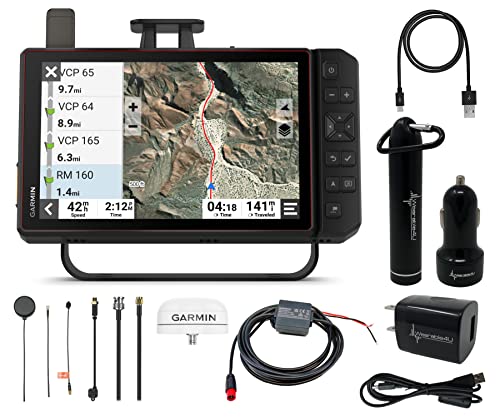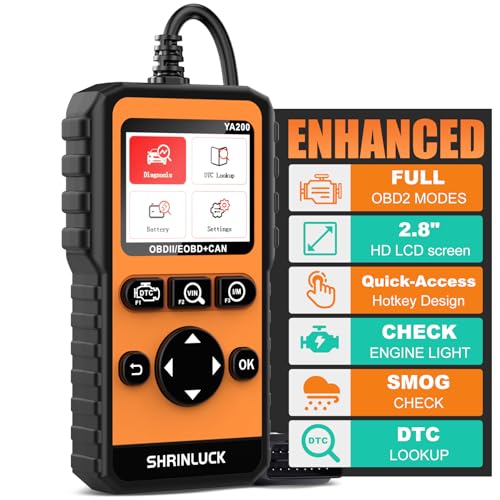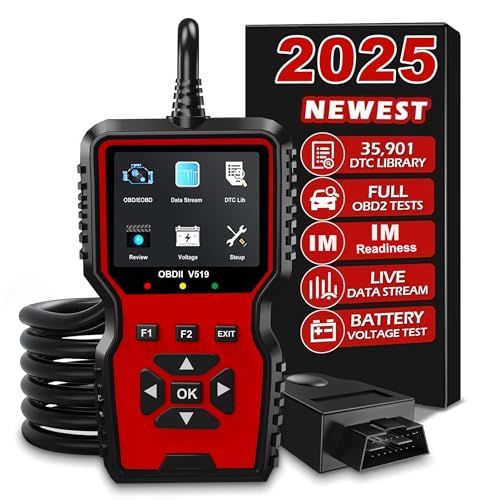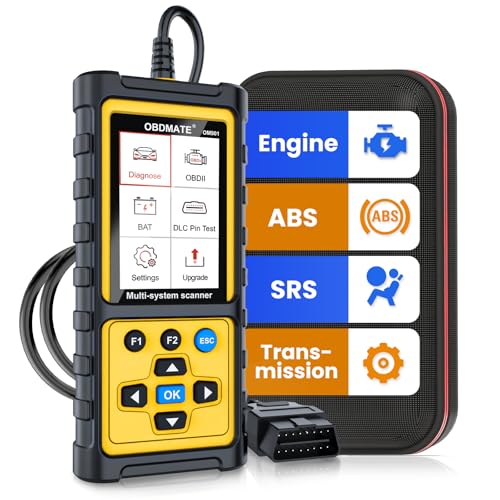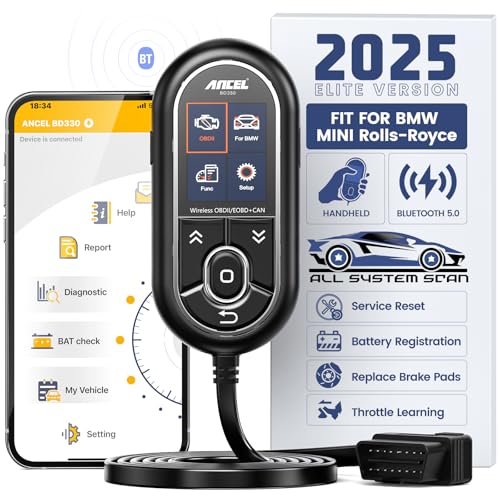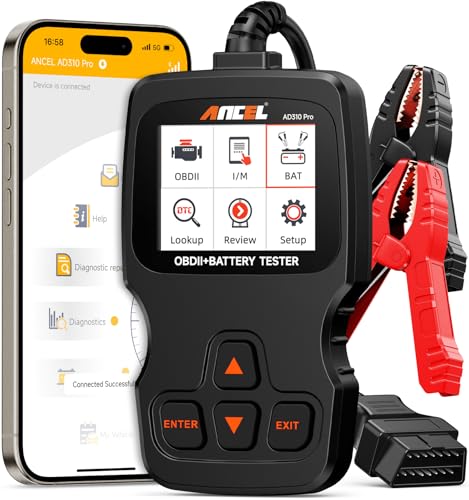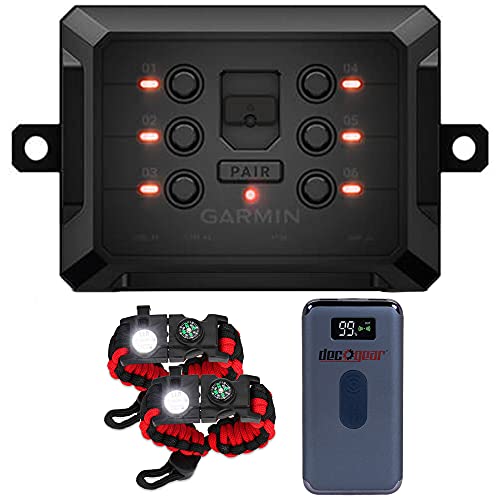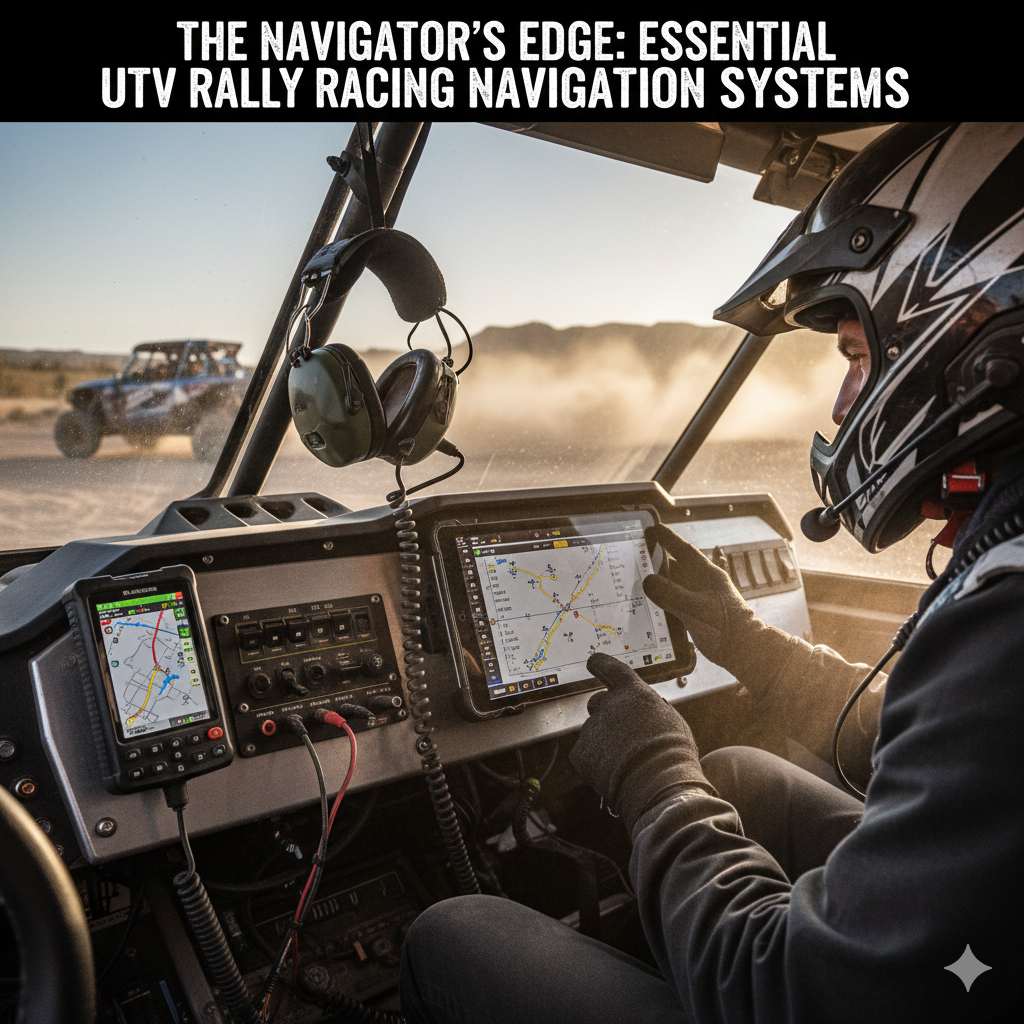Introduction
As off-road technology evolves, the integration of IoT (Internet of Things) sensors in vehicles like ATVs and UTVs is revolutionizing trail riding. These sensors provide real-time data on performance, safety, and environmental conditions — giving riders insights that were once only available to engineers. Whether it’s monitoring tire pressure, tracking engine temperature, or logging GPS routes, off-road vehicle IoT sensors are making adventures safer and smarter. In this article, we’ll explore how IoT sensors work, their benefits, popular types, and the best Amazon products to upgrade your setup.
Understanding Off-Road Vehicle IoT Sensors
IoT sensors are small, connected devices that gather and transmit data from your vehicle to your smartphone, tablet, or onboard computer. They use wireless communication protocols such as Bluetooth, Wi-Fi, or LTE to send performance insights in real time.
In off-road vehicles, IoT sensors are used to measure everything from vibration levels and tire pressure to GPS location and engine performance. This data helps riders prevent mechanical issues, improve trail efficiency, and enhance overall vehicle safety.
Types of IoT Sensors for Off-Road Vehicles
Here are some of the most common IoT sensors transforming off-road performance:
1. Tire Pressure Monitoring Sensors (TPMS)
Maintaining the correct tire pressure is essential for stability and traction. IoT-based TPMS transmit live pressure readings directly to your device, alerting you instantly if a tire is underinflated or punctured.
2. GPS Tracking and Navigation Sensors
IoT GPS modules allow riders to record routes, share location data, and monitor fleet vehicles. These devices are vital for safety in remote areas and for optimizing route planning.
3. Engine and Performance Sensors
These sensors track vital metrics like RPM, oil temperature, and fuel consumption. Data can be analyzed to detect performance anomalies or schedule preventive maintenance.
4. Environmental and Terrain Sensors
Modern off-road IoT systems can detect terrain vibration, humidity, air pressure, and altitude. This information helps riders adapt speed and traction to current conditions.
Benefits of IoT Sensors for Off-Road Enthusiasts
IoT integration gives off-road riders a technological edge. Here are some benefits:
• Enhanced safety through real-time diagnostics
• Improved maintenance scheduling
• Data-driven performance tuning
• Remote location tracking
• Reduced downtime from mechanical failures
How IoT Sensors Integrate with Honda and Other UTVs
Many modern UTVs, including Honda Pioneer models, are IoT-ready. Riders can install plug-and-play sensors that sync with onboard ECU systems or smartphone apps. These integrations allow you to monitor metrics in real time — ensuring peak performance and smarter decision-making on trails.
Top Amazon-Recommended IoT Devices for Off-Road Vehicles
If you’re ready to embrace smart riding, these IoT-enabled devices can upgrade your setup instantly:
Challenges and Future of Off-Road IoT
While IoT offers incredible benefits, it’s not without challenges. Connectivity can be limited in remote regions, and sensor calibration may require regular updates. However, as satellite internet and edge computing evolve, future IoT sensors will become even more autonomous, accurate, and energy-efficient.
Conclusion
Off-road vehicle IoT sensors are revolutionizing how enthusiasts explore trails. From smarter maintenance and GPS tracking to real-time diagnostics, these innovations empower riders to stay informed, safe, and connected no matter how remote their adventures go. As technology continues advancing, every off-road trip will become a more intelligent and data-driven experience.
